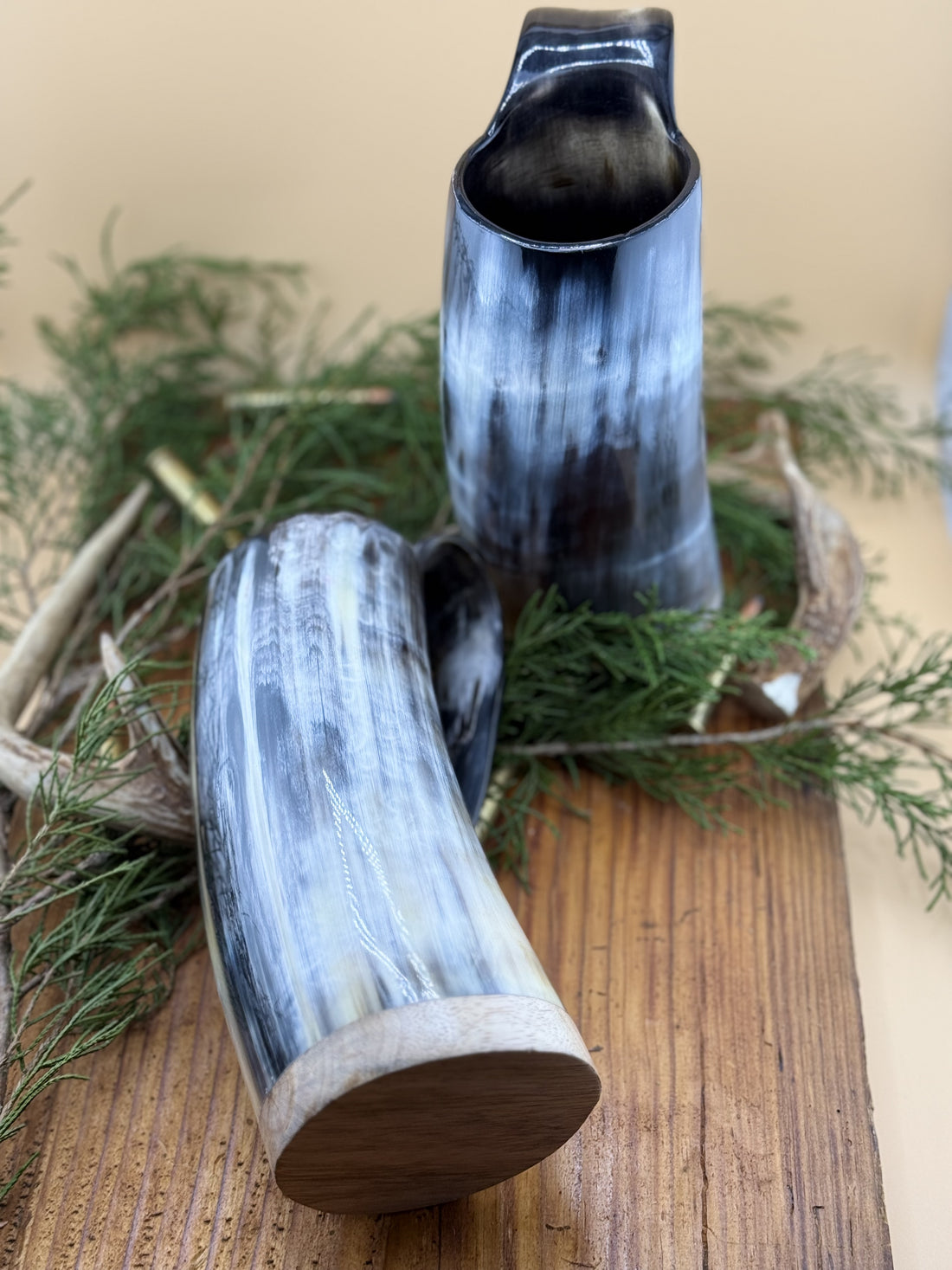The evolution of knife making is a remarkable journey that mirrors human ingenuity and adaptation. Throughout history, knives have been indispensable tools, from ancient survival essentials to specialized instruments crafted for a myriad of purposes. Consider the remarkable versatility of a meticulously crafted chef's knife in a bustling kitchen or the rugged reliability of a bushcraft knife in the wilderness. The art of knife making has grown from the use of primitive hand tools to the adoption of advanced machinery, revolutionizing how we create these vital instruments.
In ancient times, knife making was a painstaking process. Early craftsmen relied on basic tools like hammers and anvils, laboring over each blade to achieve the desired shape and sharpness. The forging method was predominant, involving heating metal to high temperatures and then hammering it into shape. As the centuries passed, the Industrial Revolution ushered in significant advancements. The development of machinery and mass production techniques allowed for more consistency and efficiency in knife manufacturing. This shift enabled the creation of standardized blade blanks, catering to various demands such as kitchen knife essentials, durable hunting knives, and precise tactical blades for first responders.
The significance of selecting the right materials in knife production cannot be understated. A high-quality knife begins with the choice of steel. Different types of steel offer unique benefits; for instance, stainless steel is celebrated for its corrosion resistance while high-carbon steel is renowned for its superior edge retention. Each type plays a pivotal role in determining the knife's performance and longevity. Equally vital is the heat treatment process, which hardens the steel, enhancing its durability and cutting efficiency.
Quality knife craftsmanship goes beyond selecting top-grade materials. A well-balanced knife with ergonomic handles reduces hand fatigue and enhances precision, whether during delicate kitchen tasks or intense survival scenarios. Edge retention, vital for reducing the frequency of sharpening, is a hallmark of a finely made blade. Knife types vary: chef's knives for culinary precision, bushcraft knives for survival, hunting knives for field dressing, and tactical knives tailored for emergencies. Each is designed with specific tasks in mind, ensuring optimal performance in its intended environment.
Ensuring knife safety and maintenance is paramount for extending the tool's lifespan. Proper storage, regular cleaning, and adept sharpening techniques keep blades in prime condition. When purchasing a knife, it's crucial to evaluate not just its design but also its practical application. Customers often err by choosing aesthetically appealing knives that lack functionality for their needs. Opt for reputable brands or custom-made options that emphasize quality, durability, and craftsmanship.
If you are in search of a high-quality knife, whether for culinary or tactical purposes, make informed decisions that will serve you well in the long term. Explore our exclusive collections, discover our expertly crafted knives, and invest in tools that stand the test of time. Let your next knife purchase embody style, precision, and dependability. Don't settle for less—your perfect knife companion awaits. Embrace craftsmanship and elevate your experience by exploring our offerings today!

